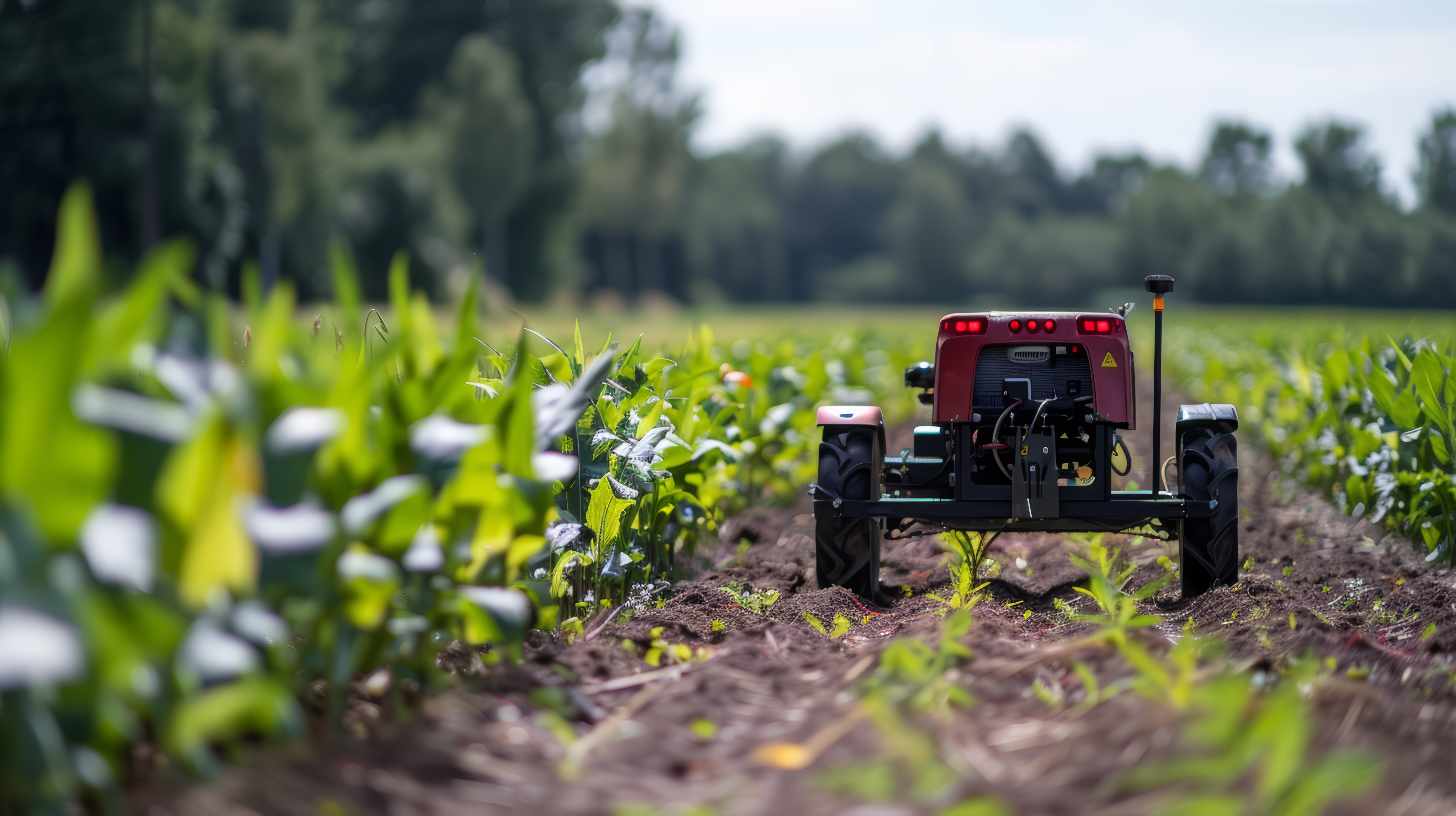Put simply, productivity improvements reduce carbon. If less activity is needed to do the same or more, it means that less carbon is needed to do the same or more.
Paul Krugman, the 2008 Nobel Prize Winner, said:
“Productivity isn’t everything, but, in the long run, it is almost everything. A country's ability to improve its standard of living over time depends almost entirely on its ability to raise its output per worker.”
Improving standards of living throughout the world means we must act, and productivity plays a central role. However, at the time the quote was made, the link between the choices we make to improve productivity and the longer-term impact on climate change were not on the global agenda. Increasing the power generation capacity needed to increase productivity and enable economic growth by burning fossil fuels is a stark example.
It’s the way we take action to improve productivity that matters. Improved standards of living and productivity means access to transport, new hospitals, new schools, refrigeration, infrastructure, and computers. All of these rely on the use of energy, raw materials, manufacturing, and logistics. So building the systems and energy generation capability, capacity and infrastructure needed to improve living standards consumes carbon - it becomes ‘embedded’ forever in whatever we make.
This can lead to a net increase in carbon emissions to deliver the much-needed increase in productivity that drives up global living standards and it would be unfair and immoral to reign in an increase to living standard based on a net-zero target.


So the challenge is much greater, how can we reduce carbon emissions at the same time as improving living standards across the world?
Given the interplay between society, technology, finance, consumer behaviour, culture, politics and the economy, there is no magic bullet. But there are some areas where we can do more - and not all are related to high-tech innovation or sustainable technology.
Productivity improvement needs to be one of the highest priorities to tackle the challenge of climate change. The mindset that says improving productivity just means spending less money to do more, or the same, must change. Improving productivity at the same time as reducing carbon emissions is a corporate responsibility.
People care about climate change and if productivity improvement is framed as a way to reduce climate change, people will be more engaged and find new ways to make a positive difference. Consumer trends provide the proof that people act differently when the link between climate change and action is clear –whether it’s recycling plastic, purchasing electric and hybrid cars, buying local goods, eating less meat, switching to renewable energy or ethical investments. Not everyone can afford to make the choices they would like to, but many people’s behaviour does change as the awareness of the connection between what they do and what it means for climate change increases.
Non-productive activity is everywhere, and it incurs a cost, not just financial but environmental. But how might this change the way people behave and react when set the following challenges?
- What can businesses, planners and suppliers do to reduce the carbon cost at the same time as increasing productivity? Improving productivity is possible through better business and project planning, whether it be reduced travel of people or goods, reduced office space and occupation requiring less energy for heat, light and air conditioning, or linking performance payments to the achievement of carbon emissions targets.
- How might project managers act differently to control change to minimise both cost and carbon emissions? Preferential engineering-led change, due to either the client or supplier, kills productivity, leads to more activity and inflates cost. Stricter change control and using outcomes-based contracting can minimise preference engineering and requirements-led project change.
- How might software and systems engineers change their solutions to reduce the energy needed for cloud storage and processing? Reducing big data volumes and computer processing means fewer server farms demanding less energy and cooling to store and process data in the cloud.
- How might designers, manufacturers, project engineers and scientists look to prioritise and solve problems that can reduce the whole-life whole-system financial and carbon costs of large infrastructure projects? Eliminating waste, getting it right-first-time, and the increased recycling of materials means lower carbon emissions and less embedded carbon in product manufacture and building assets. But carbon, like cost, needs to be looked at from a whole-system whole-life perspective and solutions developed to minimise the costs of operation, maintenance, renewal, and de-commissioning.
People work better when driven by a purpose and a goal - and an increasing number of people care about both climate change and the global challenge to improve living standards. They want to play their part.
And whilst there are vast levels of investment looking at new technologies such as renewable energy, carbon capture, zero-emissions transport, carbon afforestation and recycling – the full benefits will not be realised for some time. The race against climate change is already underway. Time is against us, and we need to act now.
There is a significant gain from increasing productivity – but the way we think about productivity is disconnected from the prevention of climate change and the improvement of living standards across the world.
So why not change the message and put the challenge of preventing global climate change and poverty at the forefront of the productivity challenge? A shared purpose and shared goal will help us pick up speed to win the race to zero carbon.
We must find answers to the question - How can we reduce carbon emissions at the same time as improving living standards across the world?




